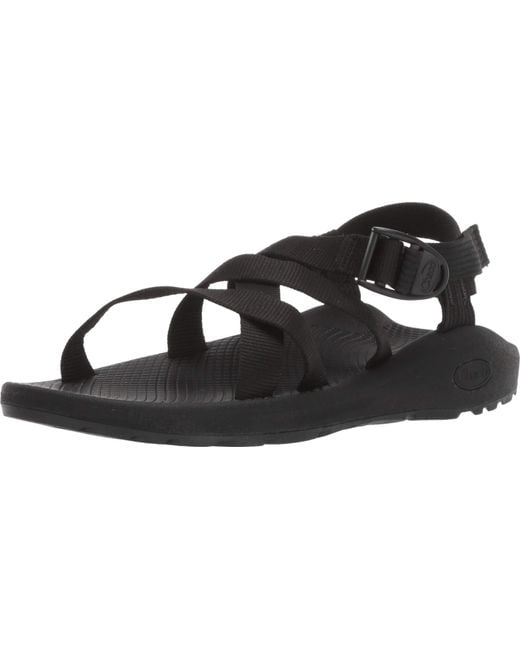

291, Anthropological Series 1(4), Albuquerque. The University of new Mexico Bulletin No.
#CHACO MONOCHROME MANUAL#
University of New Mexico Bulletin 1, Albuquerque.ġ936ğield Manual of Prehistoric Southwestern Pottery Types. Medallion Papers 33, a Pueblo, Globe.ġ934 The Significance of Dated Prehistory of Chetro Ketl, Chaco Canyon, New Mexico.

In assemblages dating to the early twelfth century, Gallup Black-on-white may occur with Chaco-McElmo Black-on-white.ġ945 The Chaco Branch: Excavation at White Mound and in the Red Mesa Valley. Others have assigned hachured formswith widely spaced hachure to Gallup Black-on-white (Gilipin Hays and van Hartsveldt) and may reflect the continuation of widely more spaced hatching at late Pueblo II sites in areas of the Cibola region located farther away from Chaco Canyon. Cibola white forms with widely spaced hachure from the Chaco Canyon area are commonly associated with Red Mesa Black-on-white, and thus early forms with widely spaced hachure are sometimes assigned to this type (Toll and McKenna 1987). Gallup Black-on-white is common in assemblages dating during most of the Pueblo II periods, and it is likely that forms assigned to this type were produced from middle tenth to middle twelfth century. Vessel forms include bowls and a range of jar forms including pitchers. Surfaces are variable, but slightly polished surfaces with a thin streaky white slip are common.

Design fields also become more filled through time resulting in similar negative and hatched designs. Line width varies from about 2 mm to 4 mm but tend to be uniform with a given design. Sometimes hatched bands from square areas filled with solid lines that do not interact as is the case for Reserve Black-on-white. Hatched lines may sometimes become progressively more closely spaced though time and oblique in relation to framing lines. The framing lines are usually the same width as hachured lines although they may be slightly wider in some cases. For pottery produced in some areas, the hachures are wider spaced in earlier forms with later forms exhibiting similar distance between lines as the thickness of lines. Pendants or banded designs are often organize in rectilinear straight or scrolled shaped ribbons. Other hachured elements may include even spaced or hachured triangles. These pendants are spaced so that they create negative space similar in thickness across the vessel. Designs may consist of broad hatched triangles or pendants that cover most of the vessel. Hatching commonly consists of thin evenly spaced lines that usually exhibit angular hatching across one framing line to the next. Contemporaneous types defined for other regions, that may be decorated with similar hachured designsm include Dogoszshi Black-on-white, and in part Mancos Black-on-white, Kwahe'e Black-on-white, and Taos Black-on-white. Examples assigned to the Puerco Valley variety of this type exhibit porous gray, dark gray or gray-brown pastes indicative of the use of high iron clays and abundant sherd temper. This type is assigned to sherds or vessels that may exhibit washy slips, sherd and or sand temper, and light colored pastes characteristic of types produced in the Cibola region during the Pueblo II period and hachured designs (Gladwin 1945 Hays-Gilpin and Van Hartesveldt Windes 1977 Windes and McKenna 1989 Toll and McKenna 1987). Gallup Black-on-white was named and described by Hawley (1934 1936). Ancestral Pueblo: Southern Colorado Plateau (Anasazi)


 0 kommentar(er)
0 kommentar(er)
